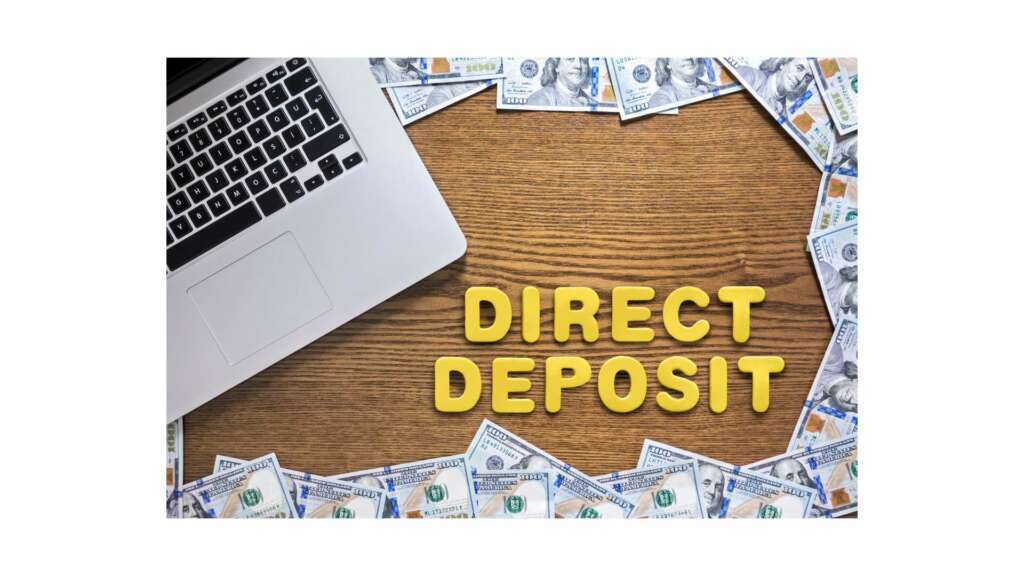
If you have ever been asked to help with an account, be it at your place of business or not, chances are, you will have heard how to set up direct deposits. This is an important part of saving on taxes. But what exactly does this entail? And how can it save you time and money in the long run? Follow these steps to understand how this works, how it affects you, and how you can benefit from having this benefit.
Get an Account Holder Form. Get a Direct Deposit authorization form. Fill out the appropriate account information on the form. The amount that you wish to withdraw and the amount you wish to deposit should be indicated on this form. Be sure to fill this out completely and accurately so that it is considered an authorized transaction by the Internal Revenue Service.
Determine Your Period of Time to Have Direct Deposits. It may vary by agency, but generally, there is a specific amount of time that you need to have your account open for. This is one reason why you need to know this number when getting an authorization form. You also need to know your actual withdrawal time before you even leave the office! Otherwise, your account will be shut off.
Decide If You Are Considering An Individual Account Or A Business Account. When setting up direct deposits, there are usually two different accounts available. These are your Personal and Business Accounts. They may be opened as soon as you become an active taxpayer with the IRS. Or, they may be opened at the time you first start your business or as soon as you are paid your first paycheck. If you are planning to use both types of accounts at once, you may want to consider opening one of each.
How to Set Up Direct Deposits. The process of making a deposit is quite simple. Once you receive your authorization form, you will simply write the amount you wish to make on the authorization form and sign it.
What to Do When the Direct Deposit Is Complete. After the direct deposit is approved, you will receive an acknowledgment of receipt from the Internal Revenue Service. You will then have a certain amount of time to either withdraw the funds or you will have to report them as they are due.
What Not to Do If You Can’t Make the Direct Deposit. If your direct deposit cannot be completed because of a mistake or other problem, don’t worry! Just contact the lender and explain your situation. There are still ways to get your funds deposited!
There are many advantages to having a direct deposit account. As long as you understand how it all works, you will be well on your way to saving on taxes.
One of the biggest advantages of direct deposits is that they keep more of your tax payments in the bank than if you were paying by check or credit card. This means that you will save more money each year! When you pay taxes using a credit card, the percentage of your payment that is actually going towards your taxes is very small. However, when you use a check, this percentage is much higher.
Another advantage of direct deposits is that they allow you to make your tax payments online. This means you can get them faster than if you had to wait around for a check to arrive at the tax office.
Finally, you are able to keep all of your tax returns in one place. This allows you to organize your tax information in one place. It also means that you don’t have to do the tedious research that is required to find out your own tax information. You can get the information at once.
How to Set Up Direct Deposits is actually quite simple. You just need to be aware of these tips to help make it happen.


